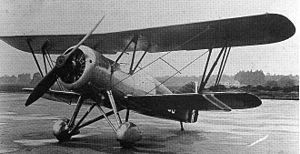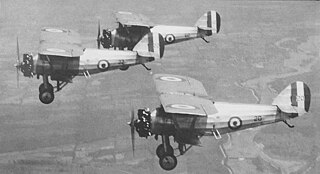
The Armstrong Whitworth Siskin was a sesquiplane single-seat fighter aircraft developed and produced by the British aircraft manufacturer Armstrong Whitworth Aircraft. It was also the first all-metal fighter to be operated by the Royal Air Force (RAF), as well as being one of the first new fighters to enter service following the end of the First World War.
Sir W. G. Armstrong Whitworth Aircraft Company, or Armstrong Whitworth Aircraft, was a British aircraft manufacturer.
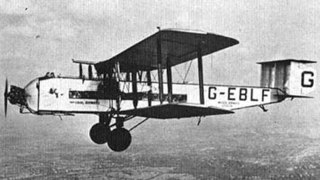
The Armstrong Whitworth Argosy was a three-engine biplane airliner designed and produced by the British aircraft manufacturer Armstrong Whitworth Aircraft. It was the company's first airliner.

The Armstrong Whitworth A.W.27 Ensign was a British four-engine monoplane airliner and the largest airliner built in Britain during the Interwar period.

The Armstrong Siddeley Panther was a 27-litre 14-cylinder twin-row air-cooled radial aero engine developed by Armstrong Siddeley. It was originally named the Jaguar Major.

The Ape was a British biplane experimental aeroplane built by Armstrong Whitworth Aircraft in the early 1920s and first flown on 5 January 1926 to "answer all the questions of aerodynamics."
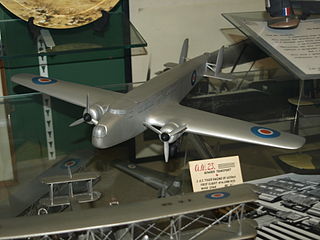
The Armstrong Whitworth A.W.23 was a prototype bomber/transport aircraft produced to specification C.26/31 for the British Air Ministry by Armstrong Whitworth Aircraft. While it was not selected to meet this specification, it did form the basis of the later Armstrong Whitworth Whitley aircraft.

The Armstrong Whitworth AW.15 Atalanta was a four-engine airliner designed and produced by the British aircraft manufacturer Sir W.G. Armstrong Whitworth Aircraft Limited at Coventry.

The Armstrong Whitworth Atlas was a British single-engine biplane designed and built by Armstrong Whitworth Aircraft. It served as an army co-operation aircraft for the Royal Air Force (RAF) in the 1920s and 1930s. It was the first purpose-designed aircraft of the army co-operation type to serve with the RAF.
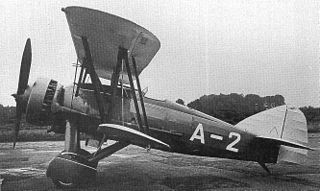
The Armstrong Whitworth A.W.16 was a single-engine biplane fighter aircraft designed and built by the British aircraft manufacturer Armstrong Whitworth Aircraft.
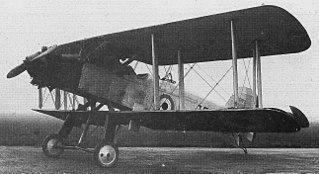
The Armstrong Whitworth Wolf was a British two-seat reconnaissance aircraft ordered by the Royal Air Force in 1923.

The Armstrong Whitworth A.W.14 Starling was a prototype British single-seat biplane fighter developed for the Royal Air Force in the late 1920s which unsuccessfully competed against the Bristol Bulldog.

The Avro 627 Mailplane was a British biplane developed in 1931 by Avro from the Avro Antelope bomber as a mail plane for use in Canada. Only one was built which ended up being used as a test bed.

The Armstrong Whitworth AW.55 Apollo was a 1940s British four-engine turboprop airliner built by Armstrong Whitworth at Baginton. The aircraft was in competition with the Vickers Viscount but was beset with engine problems and only two were built.

The Armstrong Whitworth AW.681, also known as the Whitworth Gloster 681 or Hawker Siddeley HS.681, was a projected British long-range STOL military transport aircraft design of the early 1960s. Developed by manufacturer Armstrong Whitworth Aircraft, it was intended to be capable of achieving both Short Takeoff and Landing (STOL) and Vertical Takeoff and Landing (VTOL) performance.
The Armstrong Whitworth Armadillo was a British single-seat biplane fighter aircraft built by Armstrong Whitworth.

The Armstrong Whitworth A.W.19 was a two/three-seat single-engine biplane, built as a general-purpose military aircraft in the mid-1930s. A newer, monoplane aircraft was preferred and only one A.W.19 was built.
The Armstrong Whitworth A.W.29 was a British bomber aircraft built by Armstrong Whitworth Aircraft.

The de Havilland DH.56 Hyena was a prototype British army cooperation aircraft of the 1920s. A single-engined biplane, the Hyena was designed against an RAF requirement, but was unsuccessful with only two being built, the Armstrong Whitworth Atlas being preferred.
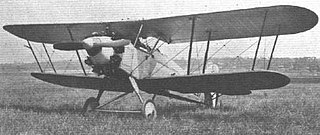
The Hawker Hoopoe was a British prototype naval fighter aircraft designed and built in 1927 by Hawker Aircraft.
